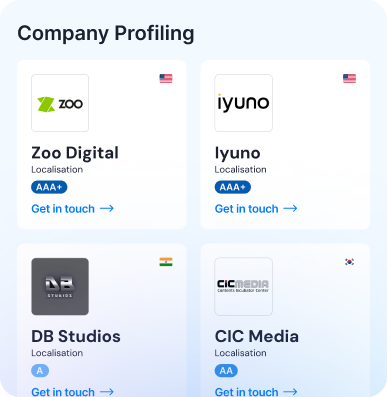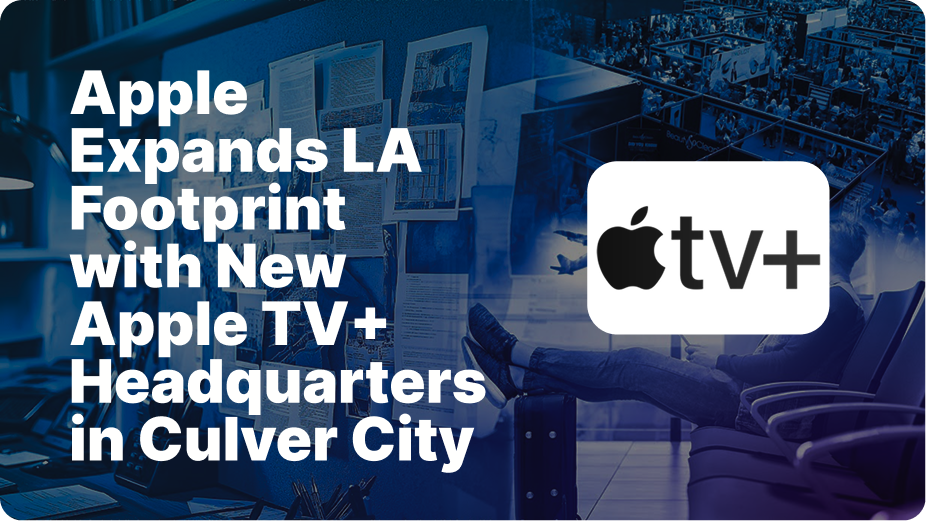Key Insights from the BroadcastPro ME Summit
At the recent BroadcastPro ME summit, media executives from the MENA region engaged in discussions on significant topics such as evolving advertising strategies, the changing SVOD landscape, the influence of GCC regulators on media, the rise of AI, the role of data in content acquisition, and the competition between local and global streaming services. Here are the key takeaways.
As digital platforms continue to fuel growth and video content dominates a fragmented market, industry leaders are increasingly adopting technology-driven solutions, forming partnerships, and developing flexible business models to ensure long-term profitability. In the MENA region, leading companies are navigating transformative changes and setting achievable goals for success.
Panel Discussion Highlights
This strategic shift was examined during an interactive session led by Karim Sarkis, Partner at Strategy&, featuring a panel of distinguished experts including Bassil bin Abdullah Al Mouallimi, Chief Strategy Officer at SRMG; Elie Habib, CEO of OSN+; HE Mohamed Al Mulla, Group CEO of Dubai Media; and Roman Shimansky, CEO of Yango Play.
The panel discussed how market dynamics have prompted a reinvention journey, with public service broadcasters adjusting revenue strategies, others merging audio and video streaming services, and some transitioning from traditional to digital platforms. Despite stagnant audience growth, the industry’s outlook remains strong, indicating resilience.
Necessity of Reinvention
Sarkis emphasized that reinvention is essential, urging panelists to reassess their strategies. Roman Shimansky noted the importance of staying connected with younger audiences through new apps and technologies. “We aim to be the strongest in local content, and our super app launched last year focuses on providing engaging local content,” he stated.
The integration of technology with audience preferences across multiple territories presents numerous opportunities. While developing a product from scratch is challenging, the potential for subscriber growth in the region is significant for those willing to take risks.
Data-Driven Strategies
Elie Habib highlighted Anghami’s evolution into a tech company after merging with OSN+, leveraging user behavior data to tailor services. “We aim to prioritize customer insights to enhance our content library and develop mutually beneficial strategies,” he explained.
In response to changing consumer habits, public broadcasters are revising their advertising revenue models. Mohamed Al Mulla stated, “We have adopted a digital-centric approach, exploring new initiatives and diversifying our revenue streams.” Dubai Media’s recent launch of Dubai Studios aims to enhance content creation and foster partnerships beyond traditional models.
Competing in a Global Landscape
Bassil bin Abdullah Al Mouallimi remarked on the competitive landscape, stating, “Content is now the focus, and we are vying for attention against everyone on social media.” He noted that this shift transforms content creation processes, technology, and talent management.
As companies strive for profitability, they are shortening timelines to meet audience goals. Al Mouallimi shared, “Our growth has been substantial; we are uncovering the value of legacy content, which can be worth millions when leveraged correctly.”
Local vs. Global Players
Local platforms are increasingly competing with international giants, particularly in the realm of Arabic content and sports viewership. Al Mulla emphasized the need for international players to establish local partnerships to succeed in the region.
“The transition from traditional advertising to SVOD models requires creativity in partnerships,” he said, highlighting the importance of balancing advertising and subscription revenue streams.
Innovative Advertising Strategies
Future advertising strategies may involve integrating ads directly into content using AI, as noted by Habib. “We are moving towards a model where ads are seamlessly embedded within shows, enhancing viewer experience while generating revenue,” he explained.
As local players continue to build their presence, they must focus on creating compelling content that resonates with regional audiences. Al Mulla pointed out that sustainability in the industry hinges on the quality of content produced, stating, “Without engaging content, distribution efforts will falter.”
Collaborative Efforts and Future Outlook
Dubai Media’s recent partnership with the International Emmy Awards aims to elevate Arabic content on a global stage. Al Mulla expressed the goal of creating access for Arabic stories in international markets.
As companies explore acquisitions and partnerships, they must remain agile and responsive to market demands. “Strategic acquisitions can foster healthy competition and drive growth,” Al Mouallimi noted.
In conclusion, the future of the MENA media landscape will be shaped by innovative content strategies, data-driven insights, and collaborative efforts among local and international players. As the industry evolves, embracing technology and understanding audience preferences will be crucial for sustained success.
Person
Karim Sarkis, Bassil bin Abdullah Al Mouallimi, Elie Habib, HE Mohamed Al Mulla, Roman Shimansky
Company Names
SRMG, OSN+, Dubai Media, Yango Play, Anghami
Titles
X Factor, The Fashionista
Disclaimer: This article has been auto-generated from a syndicated RSS feed and has not been edited by Vitrina staff. It is provided solely for informational purposes on a non-commercial basis.






























